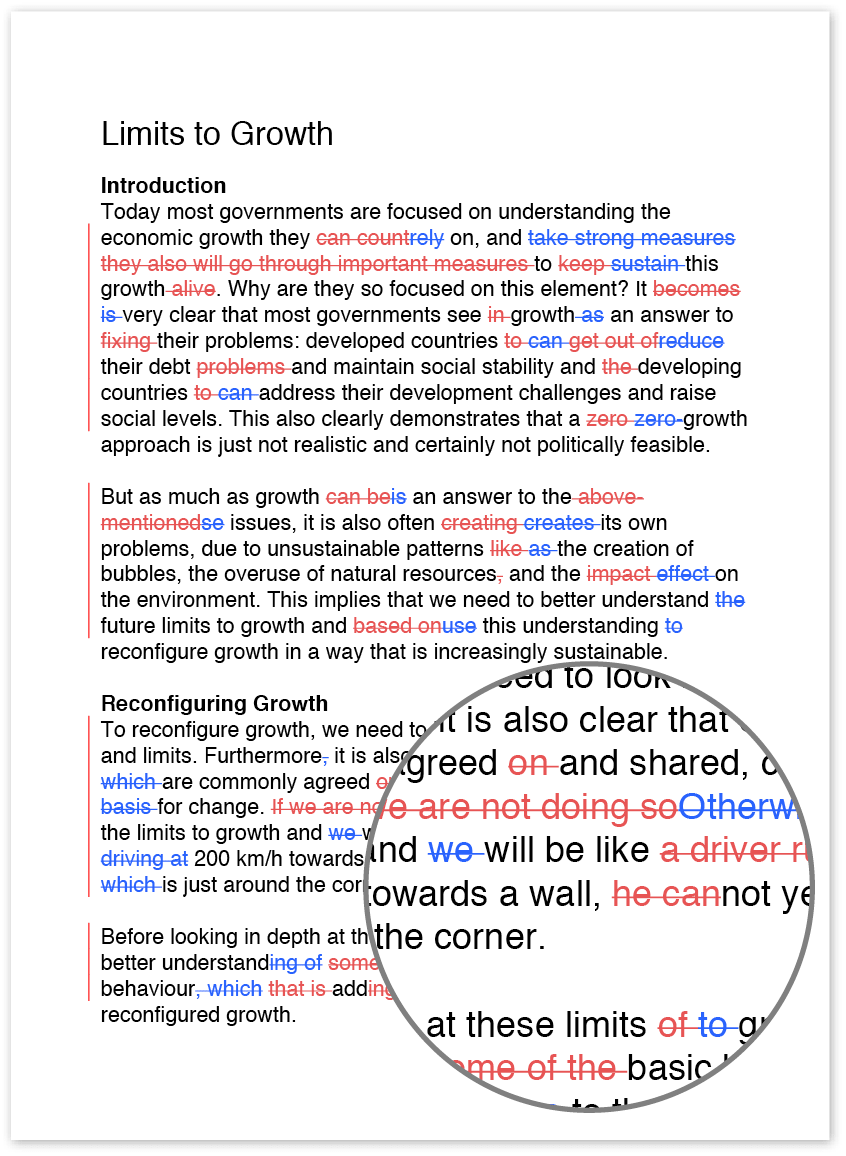How to write a great summary
You may be asked to write a summary of a document in various situations. Your teacher may ask you to summarise a book for a school assignment or your manager may ask you to summarise a report at work. To understand how to write a great summary, it’s important to understand what a summary is and isn’t and to know the steps to take to create a summary.
1. Before you begin writing, make sure you know what a summary should and shouldn’t contain. A summary should only discuss the main ideas presented in the document you’re summarising. It won’t contain your opinions, thoughts or critiques of what the author has to say, and it won’t list every detail given in the article, book, report, etc. Your summary will provide a straightforward synopsis of the author’s argument, the main plot of a book, the information provided in a report, etc. Furthermore, a summary provides a short description of the information contained in a work; it shouldn’t be very long at all.
2. Now that you know what a summary should include, you’re ready to start creating yours. The first step in creating a great summary is to thoroughly read the document you are summarising. As you read, make notes on the main ideas of the work; if you’re not sure whether something is a main idea, go ahead and write it down and decide once you’ve finished reading whether it truly is a main idea.
3. Once you have finished reading the document and making notes, organise them into a brief outline that coherently presents the information given by the author of the piece you are summarising. Make sure you only include the notes that describe the main ideas of the work; don’t include any that describe minor details.
4. Using your outline, write the summary in your own words. It’s important that you use your own words instead of simply quoting the original author. Begin the summary by noting the title of the document and the author (e.g. ‘In the article “How to grow tomatoes indoors”, Sue Smith describes…’). Remember not to include any critiques of the content in the summary. Sometimes you may be asked to provide your opinion of the work; if this is the case, you should provide this critique in a separate paragraph.
5. Compare the summary to your outline to make sure you included all the main points and add any that you may have missed. Then review your summary to ensure that the information you have included is accurate, that you have used your own words and that you have not included any of your own opinions. Check for spelling, grammar and punctuation mistakes and make sure all your sentences make sense.
6. You may want to give your summary to someone else and ask them to check for any lingering errors and whether they can determine the meaning of the original document based on your summary. If not, you may need to revisit your text to add or remove information as necessary to make the summary clearer.

